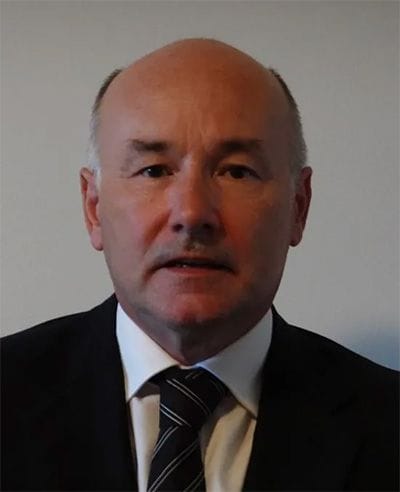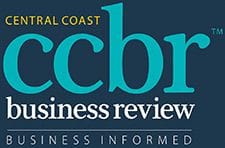More rate hikes on the way as Council deficits loom

In economics, a bail out culture occurs when poorly performing organisations are kept afloat by large injections of public money.
Economist Thomas Sowell once quipped: “Bailouts are like potato chips: You can’t stop with just one.”
That’s because the bail out, in averting a financial crisis, removes the incentive for immediate reform. And this makes another bail out inevitable.
This is where Central Coast Council finds itself.
After the 2021 financial crisis, Council was bailed out by ratepayers. In 2024/25, revenue from general rates and water rates is forecast to be $465 Million – a massive increase of over 40% in just four years.
Despite this, Council’s Long Term Financial Plan (LTFP) forecasts, on current settings, deficits in eight of the next ten years – an eyewatering cumulative deficit of $360 Million.
The LTFP provides three options to reduce this deficit, none of which involves any material reductions in expenditure. Indeed, in all options, employee costs are forecast to be $301 Million by the end of the LTFP period – 85% higher than in the Administrator’s first budget in 2021/22.
This suggests Council has all but given up on productivity improvements.
Once again, ratepayers are expected to do the heavy lifting.
Two further special rate variations are planned.
In 3031/32, Council wants the current ten-year “temporary” special rate variation made permanent, even though it was only ever intended for short term emergency purposes.
A big portion of this “temporary” funding, $10-$15 Million per year, was to repay emergency loans within ten years.
There is no justification to continue charging ratepayers $10 – $15 Million a year for loan repayments after the loans have been repaid. Yet, that is what Council is planning to do.
Nor would there be any need for the rest of this “temporary” funding if Council had used the breathing space to put its own house in order.
The second (earlier) special rate variation is planned for 2026/27 when stormwater drainage costs transfer from water rates to general rates.
This may be reasonable if the 10% increase in general rates is matched by an equivalent decrease in water rates.
Sadly, that is unlikely as 2026/27 is also the first year of a new four-year IPART determination for water rates.
Given forecast future deficits in the water and sewer funds, it is possible Council will apply for an increase in water rates that wipes out any reduction from the stormwater transfer.
And the financial complexity of moving from one four-year IPART determination to another will provide ample cover for doing so.
The economic history of bail outs shows that throwing ever more money at poorly performing organisations rarely delivers improved performance.
Eventually, the vicious cycle must be broken by a fresh approach based on better management, performance, productivity, efficiency, prioritisation, and culture.
This September’s Council elections may provide an opportunity for that, and the business community needs to be vigilant and ensure it is supporting the right candidates.
| Posted in: Business news |


